Some animals don’t just survive—they shatter records like wild, furry Olympians. There’s a bird that dives faster than a race car. A jellyfish that might live forever. And a frog that can jump over 20 times its body length like it’s no big deal. These aren’t your average nature facts. These are the bizarre, unbelievable, and totally true extremes of the animal kingdom—where size, speed, strength, and strangeness go way off the charts. Here are 12 jaw-dropping animal records that will leave you amazed, amused, and maybe even a little jealous.
Giraffe: Tallest Animal
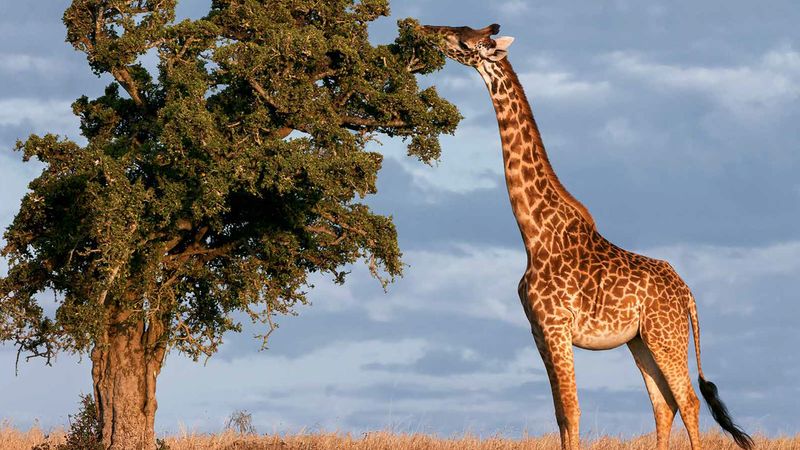
The giraffe reigns as the tallest animal on Earth, with adult males reaching heights of up to 18 feet. This extraordinary height allows them to browse the tops of trees, feasting on leaves unreachable to others. Their long necks, however, contain the same number of vertebrae as a human’s – seven!
Imagine standing amidst a herd, dwarfed by their towering legs and necks. Their unique stature provides a vantage point to spot predators from afar, an advantage in the wild.
Despite their size, giraffes move with grace and are gentle giants of the savanna.
Cheetah: Fastest Land Animal
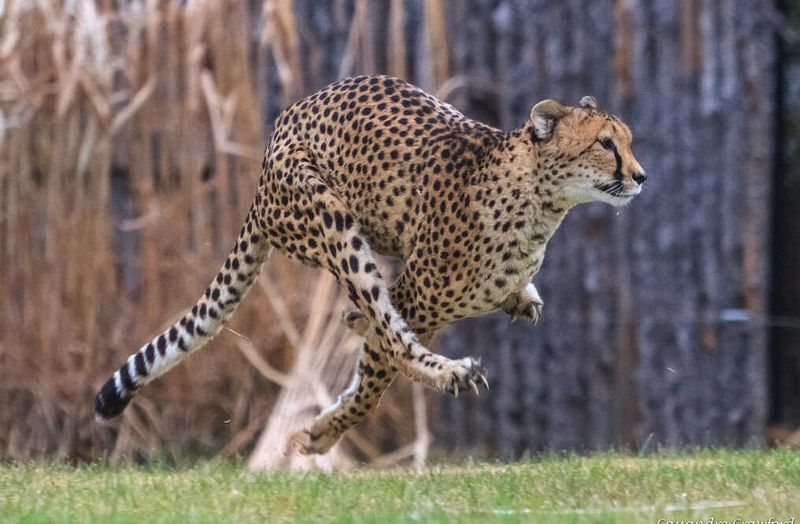
The cheetah is nature’s speedster, reaching speeds of up to 70 mph in short bursts covering distances up to 1,500 feet. With its sleek, aerodynamic body, it is perfectly adapted for rapid acceleration.
These big cats hunt primarily during the day, using their incredible speed to overtake prey in open grasslands. Each sprint lasts mere seconds but showcases their explosive power.
Interestingly, cheetahs cannot roar like other big cats, but their chirps and purrs are equally endearing. Their speed is a marvel of evolution, making them unparalleled hunters.
Blue Whale: Largest Animal
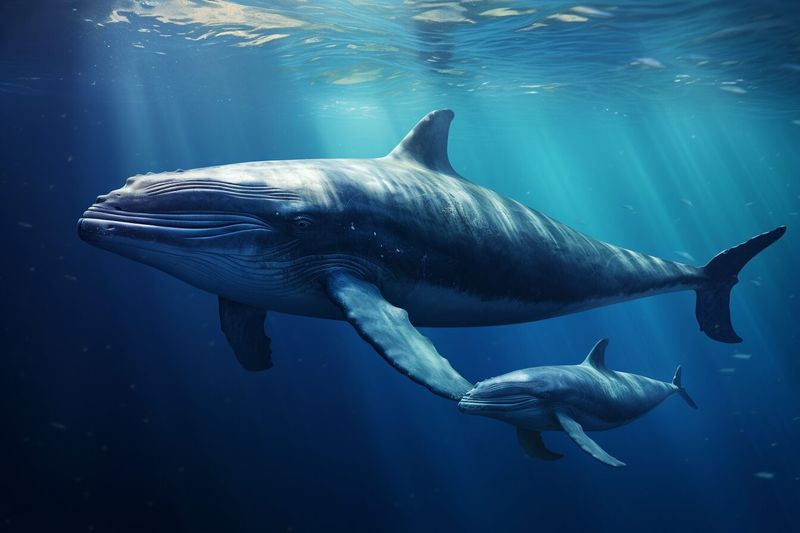
The blue whale holds the title of the largest animal ever known to have existed, reaching lengths of up to 100 feet and weighing as much as 200 tons. Its heart alone is as large as a small car!
Despite their massive size, blue whales feed almost exclusively on tiny krill, consuming up to 4 tons daily. This gentle giant glides through the ocean with grace, its immense presence a testament to the wonders of marine life.
Their hauntingly beautiful songs echo through the ocean, an enigmatic language of the deep.
Arctic Tern: Longest Migration
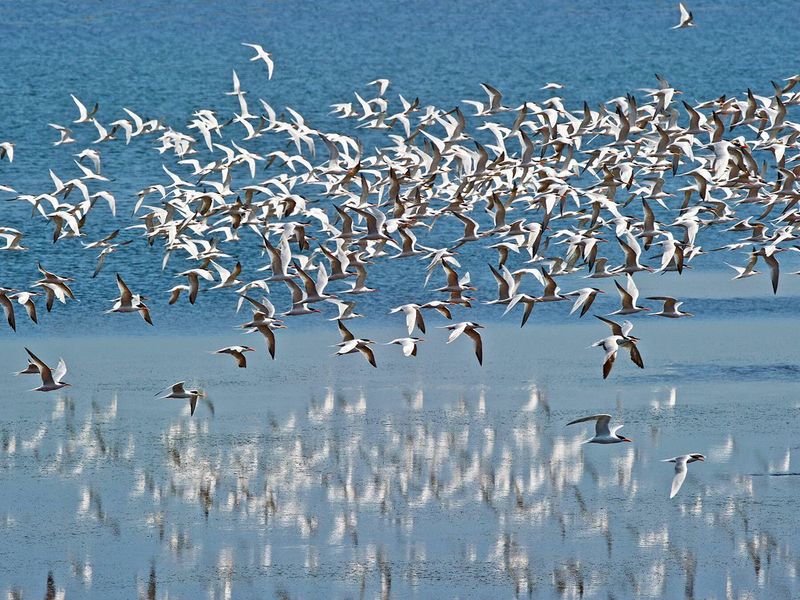
The Arctic tern is an avian marvel, undertaking the longest migration of any bird. Each year, it travels from its breeding grounds in the Arctic to the Antarctic and back, covering around 44,000 miles. This incredible voyage allows the tern to experience two summers annually.
Its journey is a testament to endurance and navigation skills, as it crosses vast oceans and encounters varied climates.
On their return north, they are greeted by the midnight sun, a symbol of their epic travels. The Arctic tern’s migration is a wonder of the avian world.
Peregrine Falcon: Fastest Bird
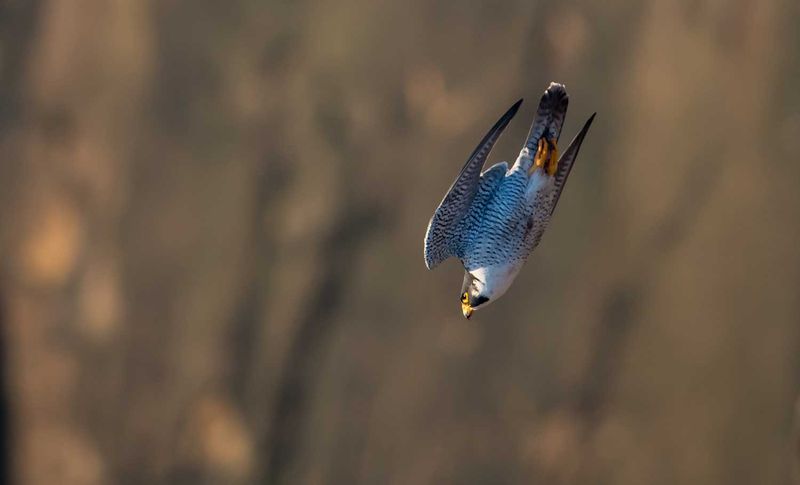
The peregrine falcon is renowned for its breathtaking speed, diving at over 240 mph to capture its prey. This aerial hunter uses gravity and aerodynamics to reach such velocities, making it the fastest bird – and indeed, the fastest animal – in the world.
With keen eyesight, it can spot prey from great distances, locking onto it with precision.
Their acrobatic dives, known as stoops, are not just feats of speed but also demonstrations of skill and accuracy. Peregrine falcons are masters of the skies.
Axolotl: Most Regenerative
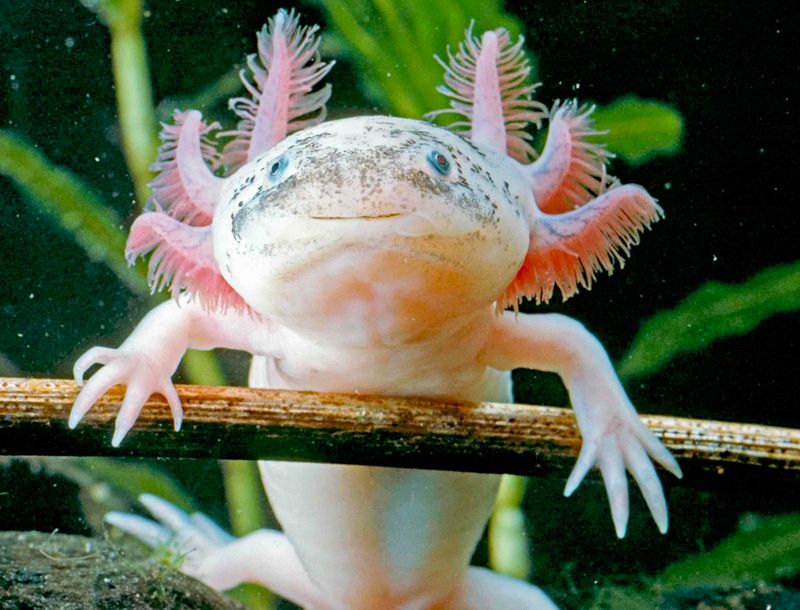
The axolotl, a type of salamander, possesses extraordinary regenerative abilities. Unlike most animals, it can regrow entire limbs, spinal cords, and even parts of its heart and brain. This capability has fascinated scientists, offering insights into potential regenerative medicine.
These amphibians remain in their larval stage throughout life, a trait known as neoteny.
Native to Mexico’s lake complex, axolotls are critically endangered in the wild. Their wide smile and external gills give them an endearing appearance, while their regenerative prowess marks them as biological wonders.
Colossal Squid: Largest Invertebrate
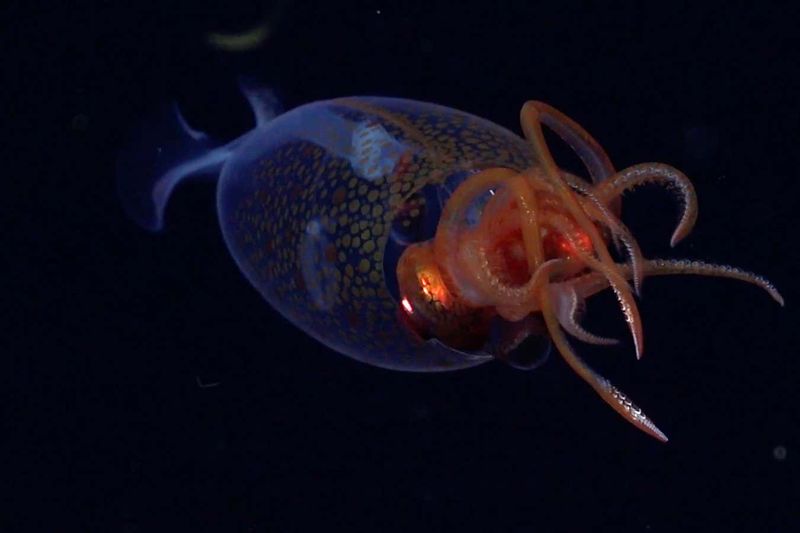
The colossal squid stands as the largest invertebrate, with specimens measuring up to 46 feet long and weighing over half a ton. Found in the deep Southern Ocean, its enormous eyes – the size of dinner plates – help it spot prey in the abyss.
Unlike its relative, the giant squid, the colossal squid has swiveling hooks on its tentacles, a formidable adaptation for hunting.
Only a few have been studied, making them one of the ocean’s great mysteries. Their sheer size and elusive nature captivate marine biologists and enthusiasts alike.
Electric Eel: Most Electric
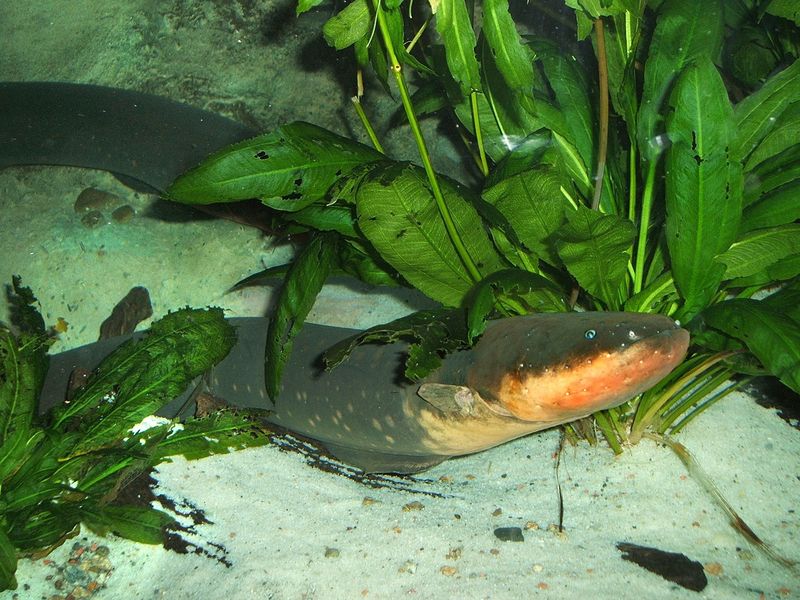
The electric eel, inhabiting South American rivers, is not a true eel but a type of knifefish. It’s renowned for generating powerful electrical bursts of up to 600 volts, enough to stun prey and deter predators.
These electrical discharges are produced by specialized cells called electrocytes, stacked like batteries.
In murky waters, electric eels rely on low-voltage pulses for navigation and hunting. Their shocking ability is a marvel in the animal kingdom, highlighting the diversity of evolutionary adaptations. These creatures are both fascinating and fearsome.
African Elephant: Largest Land Animal
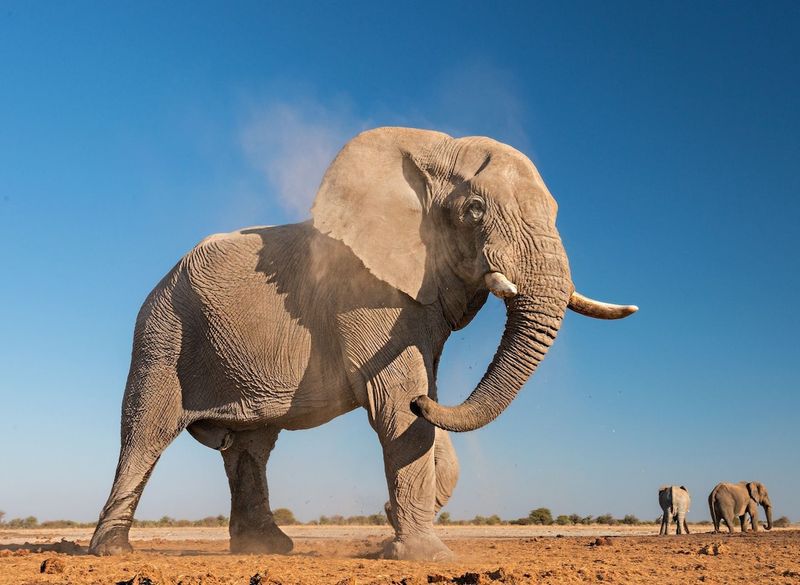
The African elephant, with its towering frame and iconic tusks, holds the title of the largest land animal. Bulls can weigh up to 12,000 pounds and stand over 10 feet tall at the shoulder.
These gentle giants play a crucial role in their ecosystem, shaping landscapes by uprooting trees and creating water holes.
Their social structure is complex, with matriarchal herds and deep familial bonds. Despite their size, they communicate through low-frequency rumbles that travel vast distances. The African elephant’s majesty and intelligence are unmatched.
Flemish Giant: Largest Rabbit

The Flemish Giant is a domestic rabbit breed, famed for its enormous size. Weighing up to 22 pounds, these gentle giants are often larger than small dogs. Their origins trace back to 16th-century Belgium, where they were bred for meat and fur.
Known for their calm and friendly nature, they make excellent pets, though their size requires ample space.
Their striking appearance, with long ears and a plush coat, adds to their charm. The Flemish Giant continues to captivate rabbit enthusiasts worldwide, blending size with a sweet disposition.
Greenland Shark: Longest-lived Vertebrate
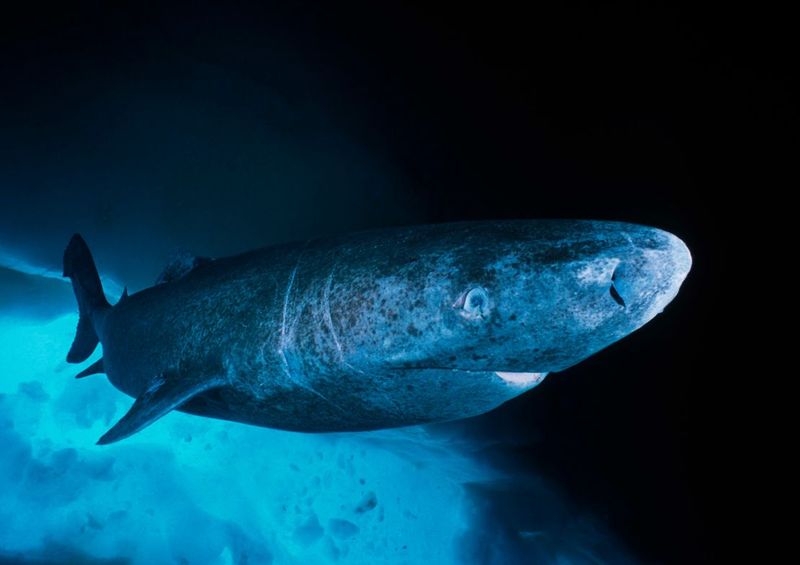
The Greenland shark is a mysterious denizen of the Arctic waters, known for its astonishing longevity. These sharks can live for over 400 years, making them the longest-lived vertebrates known.
Their slow growth rate and late maturity contribute to their extensive lifespan. These ancient creatures, often moving at a leisurely pace, are shrouded in mystery and intrigue.
Living in the cold depths, they are rarely seen by humans. The Greenland shark’s long life raises questions about the secrets of aging and survival in extreme environments.
Antarctic Bluefin Tuna: Most Expensive Fish
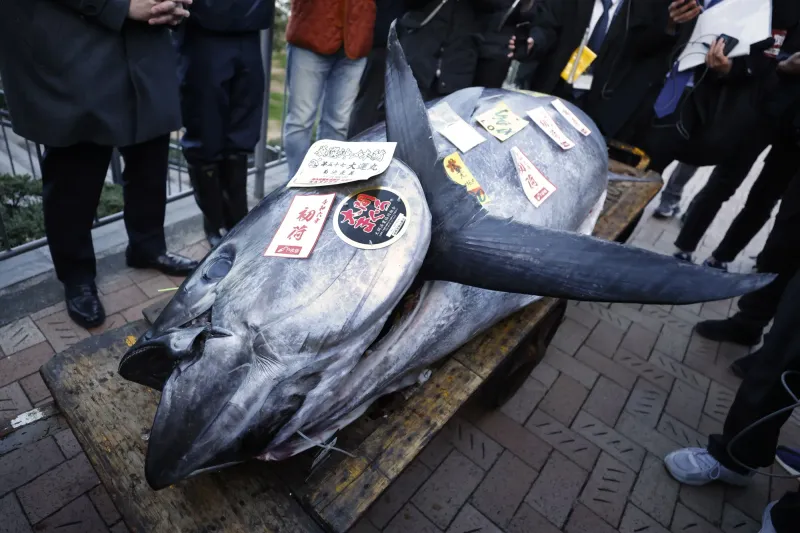
The Antarctic bluefin tuna is highly sought after for its exquisite flavor and texture, making it the most expensive fish in the world. In Japanese fish markets, a single tuna has fetched over a million dollars!
Its value is driven by demand for sushi and sashimi, where it’s prized for its rich, fatty meat.
The fishing of bluefin tuna raises concerns about overfishing and sustainability, highlighting the need for conservation efforts. This fish not only represents luxury cuisine but also the delicate balance between culinary demand and ecological responsibility.

